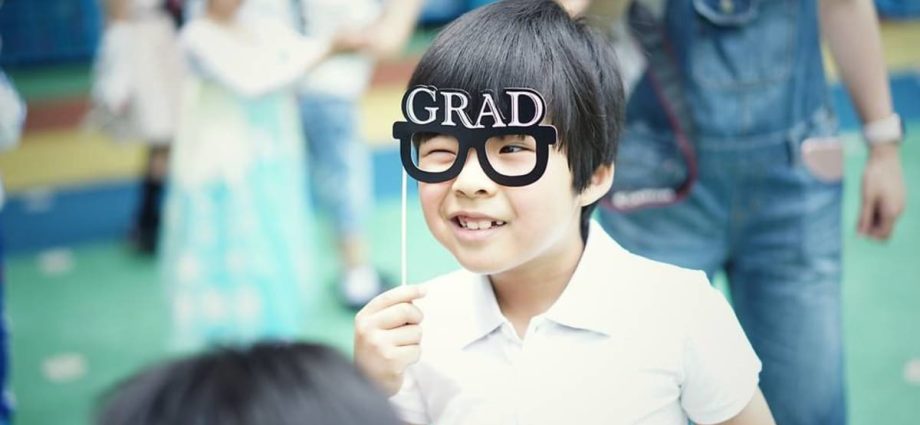
CHILDREN NEED MORE OUTDOOR TIME
Stressing the need for intervention, Assistant Professor Raymond Najjar, NUS’ co-principal investigator, said myopia onset in Singapore is very early.
Asst Prof Najjar, who is deputy research director at the Department of Ophthalmology, noted that by Primary 6, over 55 per cent of children here are already myopic.
“We want to try to delay or try to stop this onset of early myopia and one of the best ways is to get kids exposed to the outdoors, take them outdoors more often,” said Asst Prof Najjar.
Studies have shown that children would need around two hours of outdoor time per day to be protected sufficiently against myopia, he added.
The aim is for the app to help parents build and change their children’s behaviour, and then keep at it even without getting nudged.
The project will have two studies that will begin in 2025 – one involving children between the ages of seven and 10, and another involving seniors whom the study also seeks to help.
HELPING SENIORS
Light exposure and light therapy have shown to produce positive effects for the elderly who are at risk of developing cognitive decline and dementia, Prof Spitschan noted.
“As of now, there are no established guidelines or recommendations for healthy light exposure for senior citizens in Singapore or globally,” he said.
“This research project aims to empower users to take a proactive approach to take care of their well-being by leveraging light exposure, which is an element that is available in abundance to ease age-related alterations in sleep, cognition, alertness and mood.”
The media statement explained that the use of high-intensity light, sunlight or blue-enriched white light have shown to stimulate the neurobiological pathway that supports normal circadian rhythms, which helps improve sleep quality, alertness, cognition and mood – functions that change with increasing age.
The three-year research project from 2023 to 2026 is funded by the National Research Foundation.

